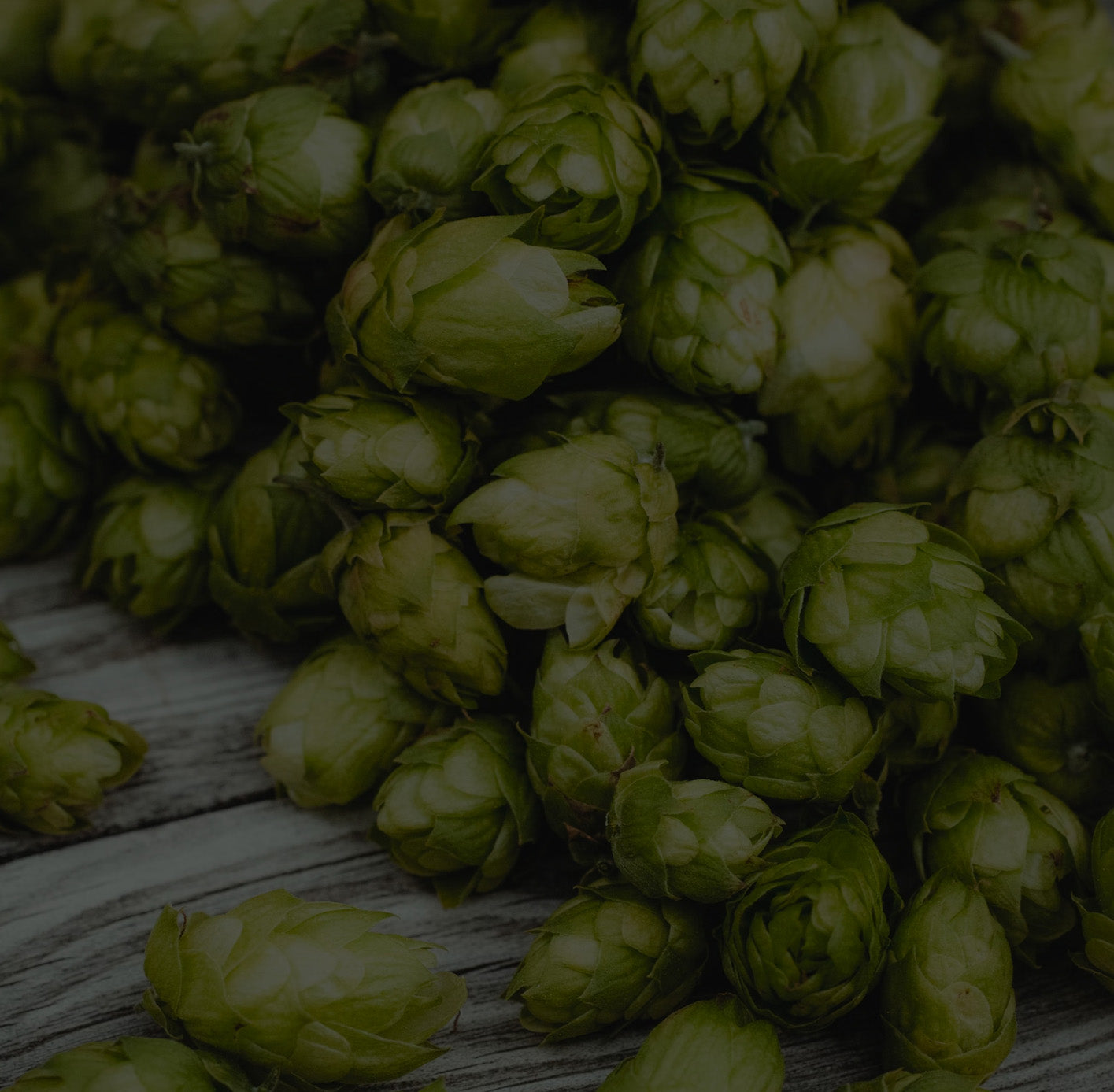How To Make Hard Seltzer At Home
- Boil sugar in water
- Add yeast with nutrients
- Ferment
- Flavor & Carbonate
Read on for more info

Full Hard Seltzer Recipe Video
This hard seltzer recipe is tailored for our 10 gallon 120 volt brewing system. Watch us use it in the full recipe video below.
Benchmarks
- OG: 1.038
- FG: .997
- ABV: 5.38%
Ingredients Needed
- 5 gallons of reverse osmosis or distilled water
- 3 grams of Calcium Chloride
- 3 grams of Gypsum
- 5 pounds of corn sugar
- 1 pack of Propper Seltzer yeast nutrient
- 1 pack of Lutra Kveik Yeast from Omega (OYL-071)
- Olive Nation Fruit Extracts
Hard Seltzer Recipe
- Add 5 gallons of RO or distilled water to your kettle
- Add 3 grams of Calcium Chloride and 3 grams of Gypsum
- Add 5 pounds of Corn Sugar
- Stir everything together and gently boil for 10 minutes
- Turn off the heat, add 1 pack of Propper Seltzer yeast nutrient, stir
- Chill to 85F (29C)
- Add 1 pack of Lutra Kveik yeast, turn heat back on and set to 85F (29C)
- Ferment in the kettle for ~2 days (take a gravity reading to see when it’s done)
- Transfer to a keg, cold crash, carbonate
- Add Olive Nation fruit extract to your keg or each glass as it’s served
Tasting and Flavoring
Our seltzer turned out extremely clear and flavorless, exactly how we wanted it. We tried the following flavor extracts from Olive Nation.
- Orange
- Mango
- Coconut
- Key Lime
- Peach
- Blueberry
- Cherry
- Apple
- Banana
- Marshmallow
We added .5ml - 1ml of flavoring to 100ml of seltzer, so the hard seltzer to flavoring ratio is about 200:1. This ratio will vary by flavor as some are stronger than others. Our favorite flavors were cherry & banana. Below you can find some extra information about this recipe.
Why RO or Distilled Water?
- Minerals in tap water can make your seltzer finish cloudy and can give it a white wine flavor
- RO water or distilled water is basically a clean slate, nothing is in it
- Gypsum and Calcium Chloride is added due to the lack of minerals - these will help improve the final flavor
Why Yeast Nutrient?
- When brewing beer, grain has plenty of nutrients for the yeast
- There is nothing good for yeast in sugar water - if you just pitch yeast in sugar water your fermentation will not go well
- We added Propper Seltzer nutrient, which is a proprietary blend of yeast nutrient specifically made for seltzer
- This nutrient will ensure that the yeast has a healthy and clean fermentation
Why Lutra Kveik Yeast?
- This yeast is highly flocculating and has a neutral flavor profile, meaning it will make a clear seltzer with no flavor
- The goal is to have a clean final product with no flavor so you can flavor the seltzer however you want
- This yeast also ferments extremely fast at high temperatures & our equipment is perfect for fermenting hot
Final Thoughts
So there you have it, a fast and easy way to make hard seltzer from the comfort of your own home. Move over White Claw and Truly! If you still have any questions or want to post your own hard seltzer recipe, leave a comment below. Or check our our beginner beer making kit to start making your own brew today.






Leave a comment